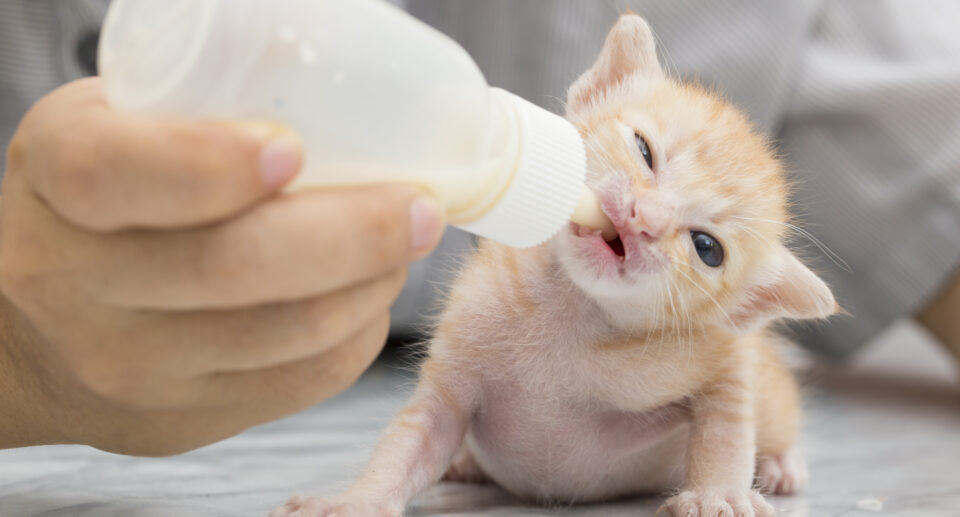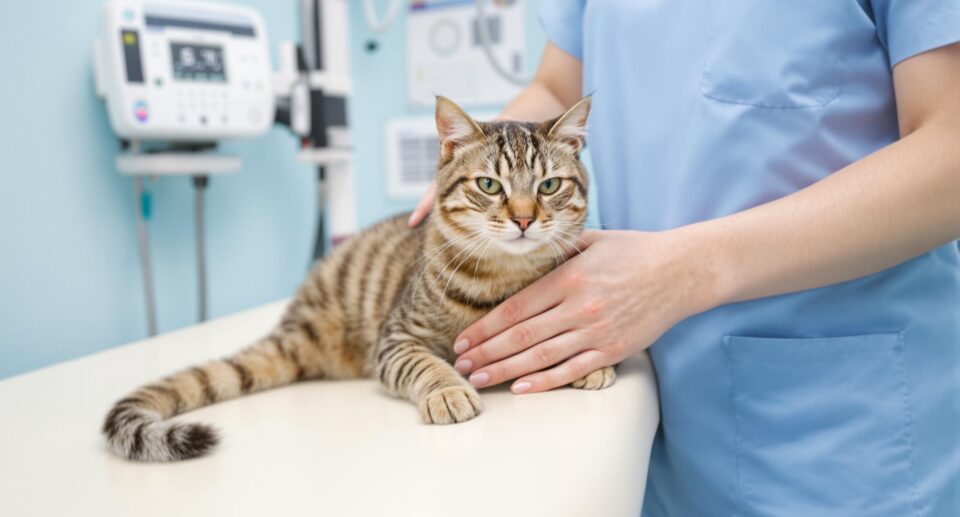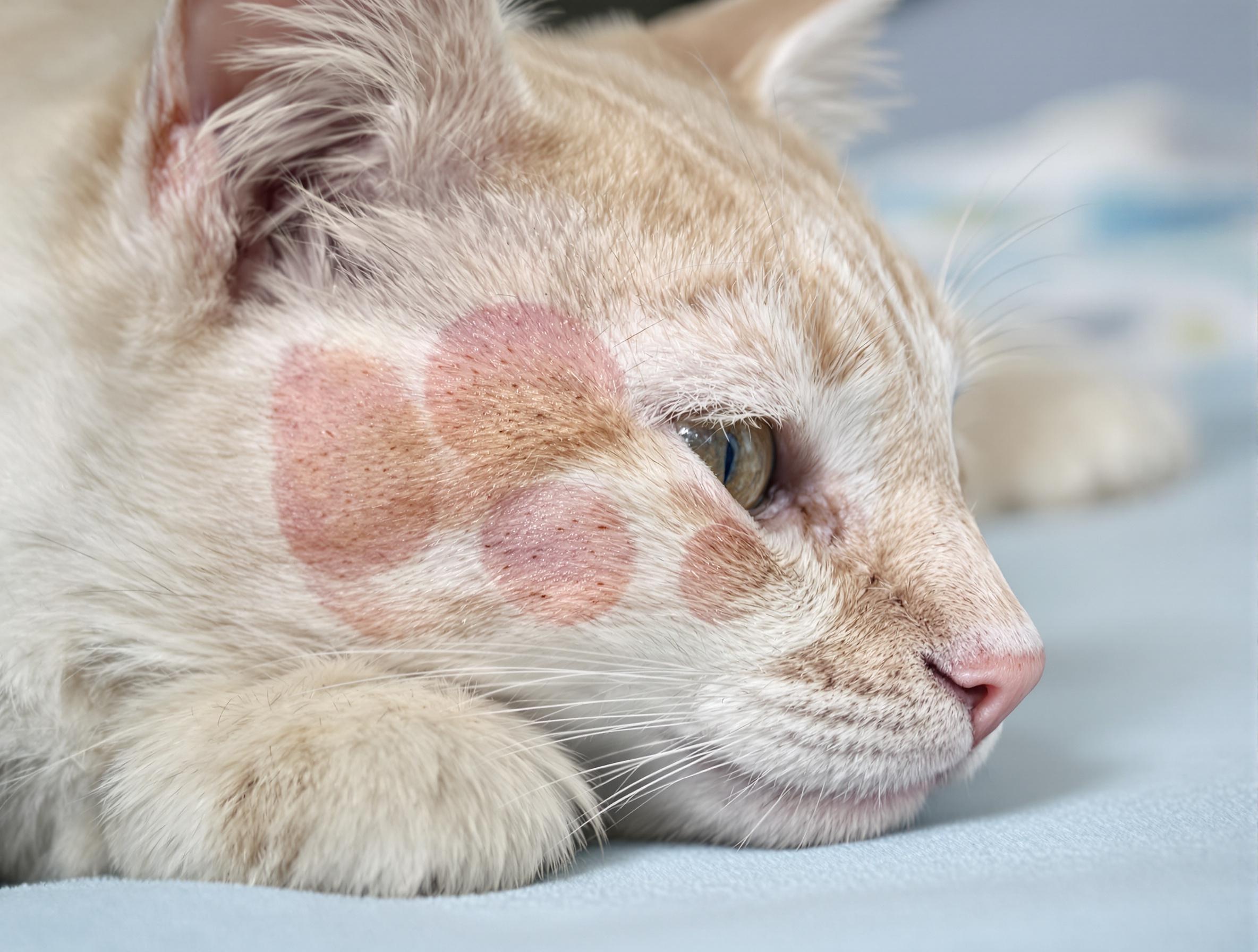How To Become A Cat Foster Parent in 5 Steps

Neonatal foster kittens and puppies often need frequent bottle or syringe feeding, manual stimulation or “pottying,” and a safe, pet-proofed space to play and explore.
Have you thought about becoming a pet foster parent, but don’t know where to start? In honor of National Foster A Pet Month, learn what you’ll need to get started and what the application process involves, broken down into five steps. Before you know it, you’ll be ready to start your very first foster journey.
1. Prepare your household
Every foster pet has unique needs, but all will need time, dedication, and a safe space in your home. You can apply for high-needs animals, for example, a nursing dog or cat with their puppies and kittens, or orphaned “bottle babies” that need round-the-clock feedings. Or, you can work with lower-needs animals, like a senior dog that needs just a few short walks a day and a warm lap to snuggle.
Before you foster, make sure your household is in agreement as to what you can offer a foster pet. Can you depend on your family members to help with feeding, cleanup, playtime, and transportation to and from vet visits? If not, are you prepared to take on these responsibilities on your own? Will anyone need to change their work or sleep schedule, or give up storage space to make room for a foster pet?
2. Brush Up On Your Pet Know-How
While you’re not expected to be a pet expert, it’s incredibly helpful to have some background knowledge before starting your foster journey. A foundation of basic animal psychology, training, and body language is a must. Some foster pets are fearful and may need extra help with socialization and house-training to help them become more adoptable.
Local shelters and rescues often have blogs and resource pages where you can find recommendations for books and videos to watch. Also consider taking a pet first aid and CPR course – while not required by most, these skills may one day help you save a life.
3. Research Local Shelters and Rescues
Most shelters and humane societies have a foster program, but there may also be rescues near you that do not have a facility, instead relying on a network of foster families to house pets. Each may have different types of pets in need of a foster home, and varying guidelines and requirements. Some are more hands-off, while others may have volunteers, community members, and staff that are easy to reach if you have questions or need extra support.
Some foster programs hold regular community meetings, training classes, and adoption events that pet foster parents must attend.
4. Get Accepted into a Pet Foster Program
These days most organizations have an online pet foster application that you can fill out, but some require that you stop by in person to apply. There may be a follow-up interview, home visit, and/or orientation to attend before you’re paired with your first foster. Be sure to ask about what types of pets need fostering, what you may need to contribute in terms of expenses and time commitments, and how you’ll take part in the adoption process.
5. Get Ready To Bring Your Foster Pet Home
Many shelters and rescues are in immediate need of foster homes, but it could take a few weeks before a foster is placed with you.
In the meantime, you’ll need to start preparing your home for your foster pet. It’s generally best to keep a new foster secured in a separate room or bathroom at first, so set aside a safe, pet proofed space free of household cleaning chemicals, loose cords, and other potential hazards.
You might not know what food, treats, or toys your foster pet will need until they’re placed with you, though it can be helpful to have a few basic items on-hand.
Essential Supplies for Foster Pet Parents:
- Soft, comfy pet bed
- Small bag and/or a few cans of all-life-stages cat or dog food
- An array of squeaky, plush, and chew toys
- Potty pads
- Healthy pet treats
- Stain and odor cleaner
- Paper towels
- Old blankets and towels
- Car seat carrier
Foster programs vary when it comes to what supplies will be covered. Sometimes foster pet parents must pay for food, treats, and toys, but some programs provide them. Often, local pet foster communities share and swap extra food and supplies with other pet foster families.
Once your foster pet’s basic needs are covered, you’ll be ready to bring them home. What they need most is your love, patience, and attention. Everything else, you’ll find along the way. Fostering is an ongoing learning experience that will keep you on your toes – and your home full of love.
VISION
Every pet deserves to live a long, happy, healthy life.





